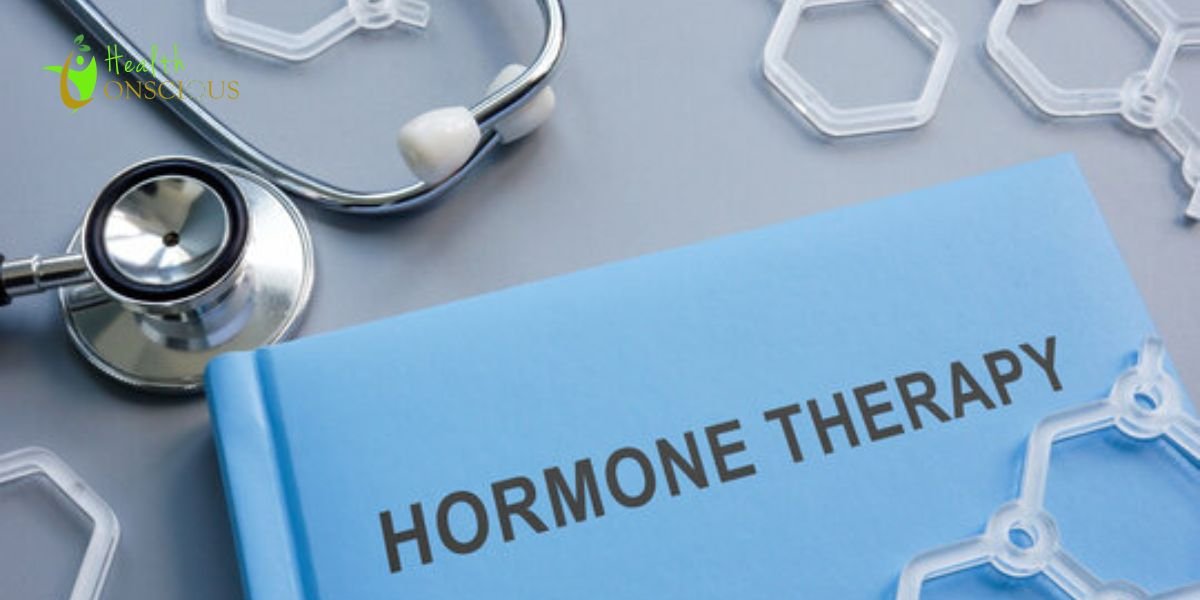Hot flashes, night sweats, and restless nights don’t have to be an unavoidable part of menopause. That’s according to FDA Commissioner Dr. Marty Makary, who recently addressed hormone therapy for menopause symptoms.
The government has announced plans to remove the “black box” warning labels from estrogen-based hormone treatments that relieve menopause symptoms. These warnings have historically made women hesitant to try therapy, and some doctors reluctant to prescribe it.
The black box warnings date back to the early 2000s, following findings from the Women’s Health Initiative (WHI) study, which linked hormone therapy to increased risks of breast cancer, heart attacks, strokes, and blood clots. But much has changed since then. The hormone therapy used in that study is no longer widely prescribed, and the average age of participants—63—is now considered too late to start therapy.
Experts now know much more about safe and effective combinations, especially when hormone therapy is started earlier in menopause.
“You’re going to see improvements in hot flashes, sweats, and fewer sleep disruptions if you start hormone therapy before 60 or within ten years of menopause onset,” says Dr. JoAnn Pinkerton, a menopause expert at the University of Virginia Health.
She also notes potential benefits for bone health, heart health, cognitive function, and overall quality of life.
“When it’s dosed appropriately, hormone therapy can be safely given and have multiple benefits,” Pinkerton explains.
However, not all women are candidates for hormone therapy. Certain medical conditions or symptoms may make it unsafe. It’s crucial to discuss your individual risks and benefits with a healthcare provider.
You must also discover What Science Reveals About Intermittent Fasting and Hormones.
1. When is the Right Time to Begin Hormone Therapy?
Experts recommend starting estrogen therapy within ten years of menopause onset—which is usually a year after your last menstrual period—or before the age of 60.
During perimenopause, many women continue using birth control, which can also help with hot flashes and night sweats.
“Birth control is generally stronger than the estrogen doses used in menopause hormone therapy. Once you’ve completed menopause and don’t need pregnancy prevention, it’s time to discuss hormone therapy options with your provider,” Pinkerton explains.
2. What is the Recommended Duration of Hormone Therapy?
Typically, women stay on hormone therapy for three to five years, though this is not a hard-and-fast rule.
“For women who have persistent symptoms or bone loss, hormone therapy may continue,” Pinkerton says. “It’s important to reassess each year and work with the patient to find what’s safest and most effective.”
Lauren Streicher from Northwestern University emphasizes that menopause symptoms can last different lengths of time for different people. “We don’t automatically stop therapy at three to five years. Black and Hispanic women, in particular, often experience symptoms for longer periods.”
3. How Has Hormone Therapy Evolved?
Since the WHI findings two decades ago, hormone therapy has changed significantly. Modern therapies now include new formulations and delivery methods.
“Oral estrogen therapy can slightly increase the risk of blood clots and stroke, so healthcare providers often prefer transdermal therapy for women at risk,” Pinkerton says.
Transdermal patches, gels, and rings deliver estrogen through the skin, which reduces blood clot risk.
The WHI study also used synthetic progestin, which was linked to higher breast cancer risk. Today, doctors often prescribe micronized progesterone, a bioidentical hormone identical to what the body produces naturally, with fewer side effects.
4. Are the Risks the Same for All Estrogen Products?
No. Local, low-dose estrogen products, such as vaginal creams, target symptoms like vaginal dryness, painful sex, bladder issues, and urinary tract infections. These carry minimal risk.
Systemic estrogen—delivered through pills, patches, or gels—treats hot flashes and night sweats but circulates throughout the body and carries a higher risk of side effects.
“With local, low-dose vaginal estrogen therapy, the risks are negligible,” says Dr. Monica Christmas, director of the Menopause Program at the University of Chicago.
“For local vaginal estrogen, removing the black box warning is reasonable. We don’t need to scare people unnecessarily.”
For higher-dose systemic estrogen therapy, experts like Christmas encourage caution. The black box warning serves as a reminder to discuss potential risks with a doctor.
5. Who Should Avoid Hormone Therapy?
Some women should avoid hormone therapy due to medical conditions. This includes women with estrogen-sensitive breast or uterine cancers or those at high risk for—or who have experienced—heart attack, stroke, blood clot, or pulmonary embolism.
“It’s really important that women have a discussion with an informed healthcare provider so they can understand the benefits and risks for their individual situation,” Pinkerton emphasizes.
6. What Are the Alternatives to Hormone Therapy?
For women who cannot or choose not to use hormone therapy, there are non-hormonal options. Two FDA-approved drugs for severe hot flashes include:
- Veozah (approved 2023)
- Lynkuet (approved last month)
Both medications target the neural pathways that trigger hot flashes. Studies show Lynkuet reduces both the frequency and intensity of hot flashes.
Lifestyle adjustments can also help manage symptoms. The National Institutes of Health recommends limiting alcohol and caffeine, maintaining a healthy body weight, and trying mindfulness meditation or hypnotherapy.
Herbal remedies, including licorice, red clover, lemon balm, and sage, have shown potential for easing menopausal symptoms like hot flashes in some women.
Learn More:



